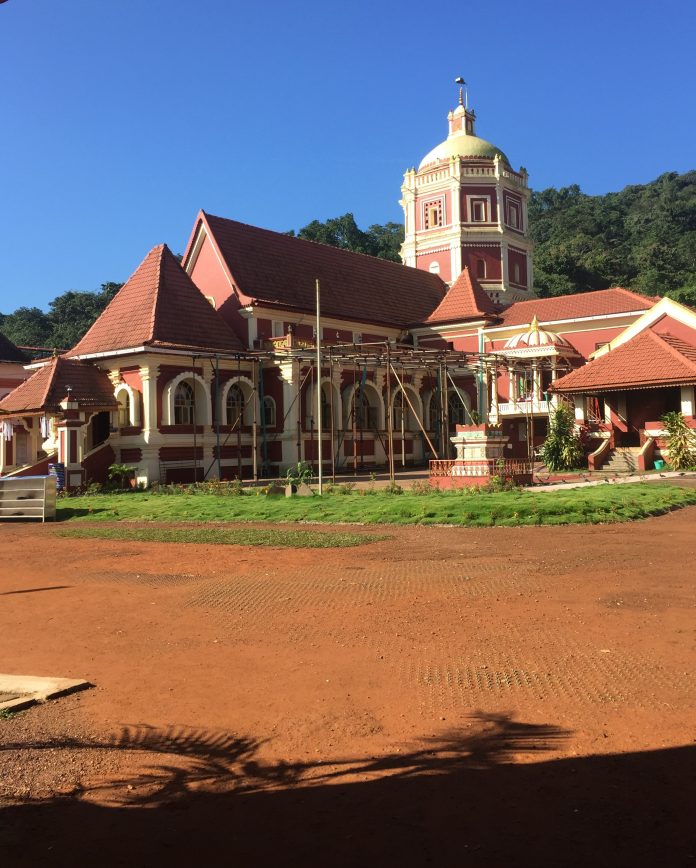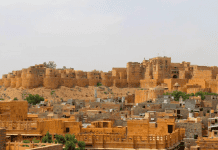Goa BECKONS many visitors for various reasons. For me, travelling around India has been a fascination for some years, with paying my respects at various pilgrim and holy temples being the main agenda on most of my trips. In the past six years, I have travelled widely in India to many temples – travelling so much that I have hardly had the time to blog about it, but maybe a compilation of all my trips into blogs would be a worthy exercise at the end of it (if at all my travels end or I decide to take a breather).
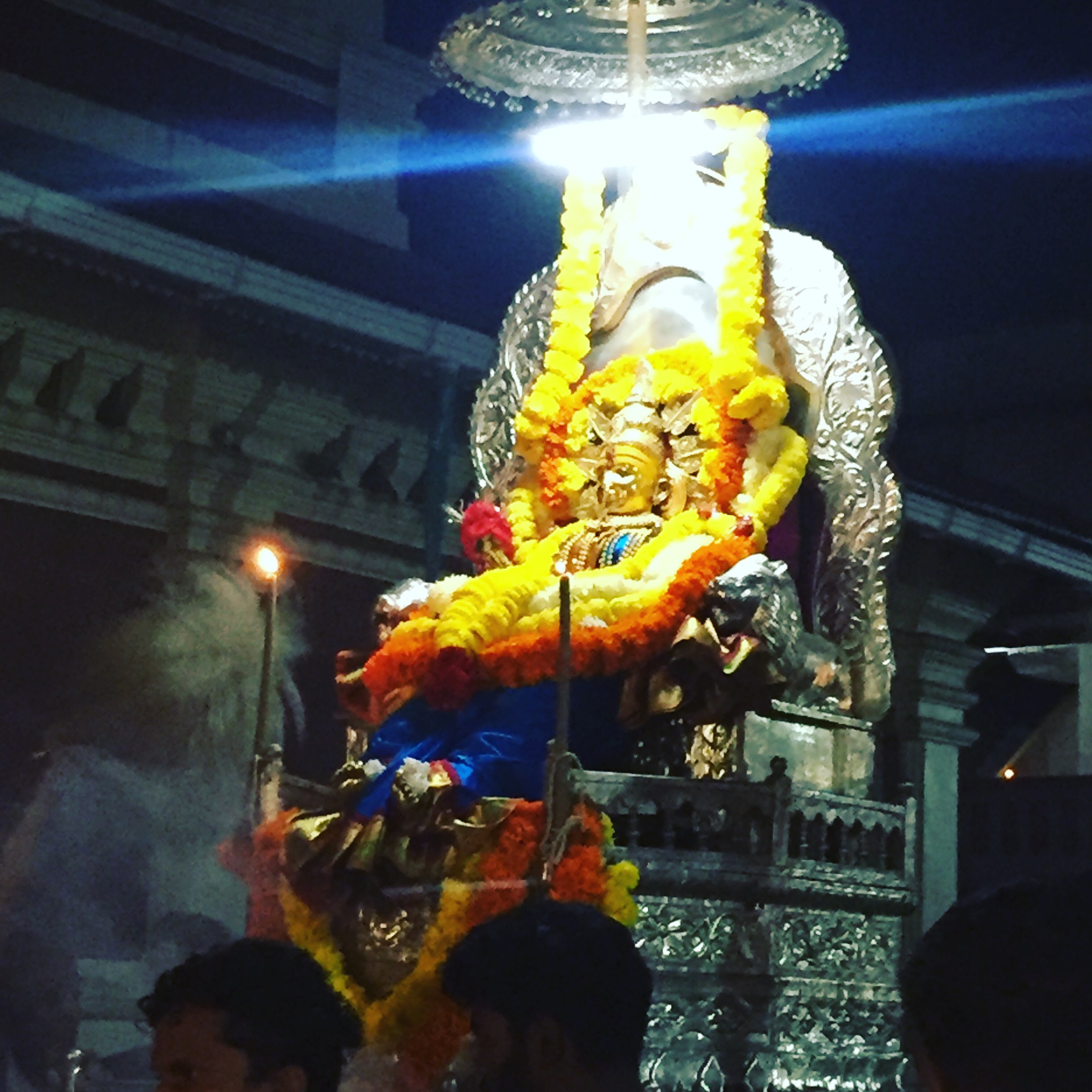
One such mesmerising trip has been the one to Goa (in the past few days) where our Param Pujya Swamiji Sadyojat Shankarashram – the Spiritual Head of the Chitrapur Saraswat Brahmin community – was holding a series of religious offerings and prayers (pujan).
My spiritual journey started some years ago (if indeed it does not start when we are born for I feel there is no start or end to this journey except when we define it so); the culmination of my pursuits has been in these recent trips to some of the most beautiful and lovely temples around India.
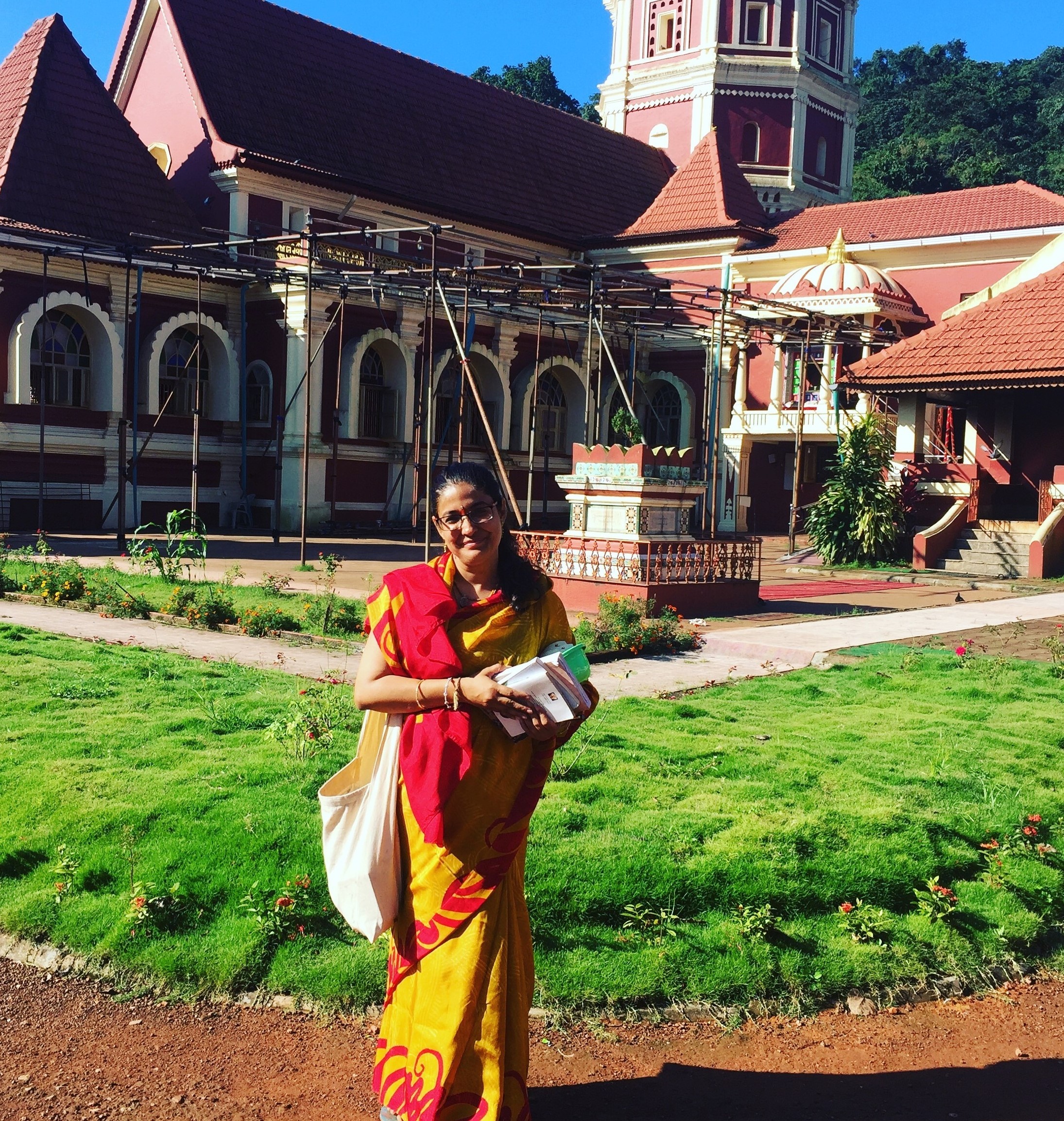
Goa is special in many ways; for it always brings me closer to my Saraswat roots and brings back memories of my parents getting married at the Mangueshi Devasthan temple (our family deity) when we were young (for a Chitrapur Saraswat couple, it is mandatory to go through the marriage ceremony once again at the Mangueshi Devsthan, and only then their union becomes complete).

So, for me, coming back to Goa is nostalgic of the time I was maybe only 9 or 10 years old and had accompanied my parents and siblings to this great temple built by our ancestors, housing traditions and customs of some hundred years, always taking you back into a history that is resounding with the bells of the temples and glowing unflinchingly like the lamps offered for a hundred years, goading the devotees and pulling you into the reveries of your ancestral heritage, which the walls of the temples and the deities residing within have been witness to.
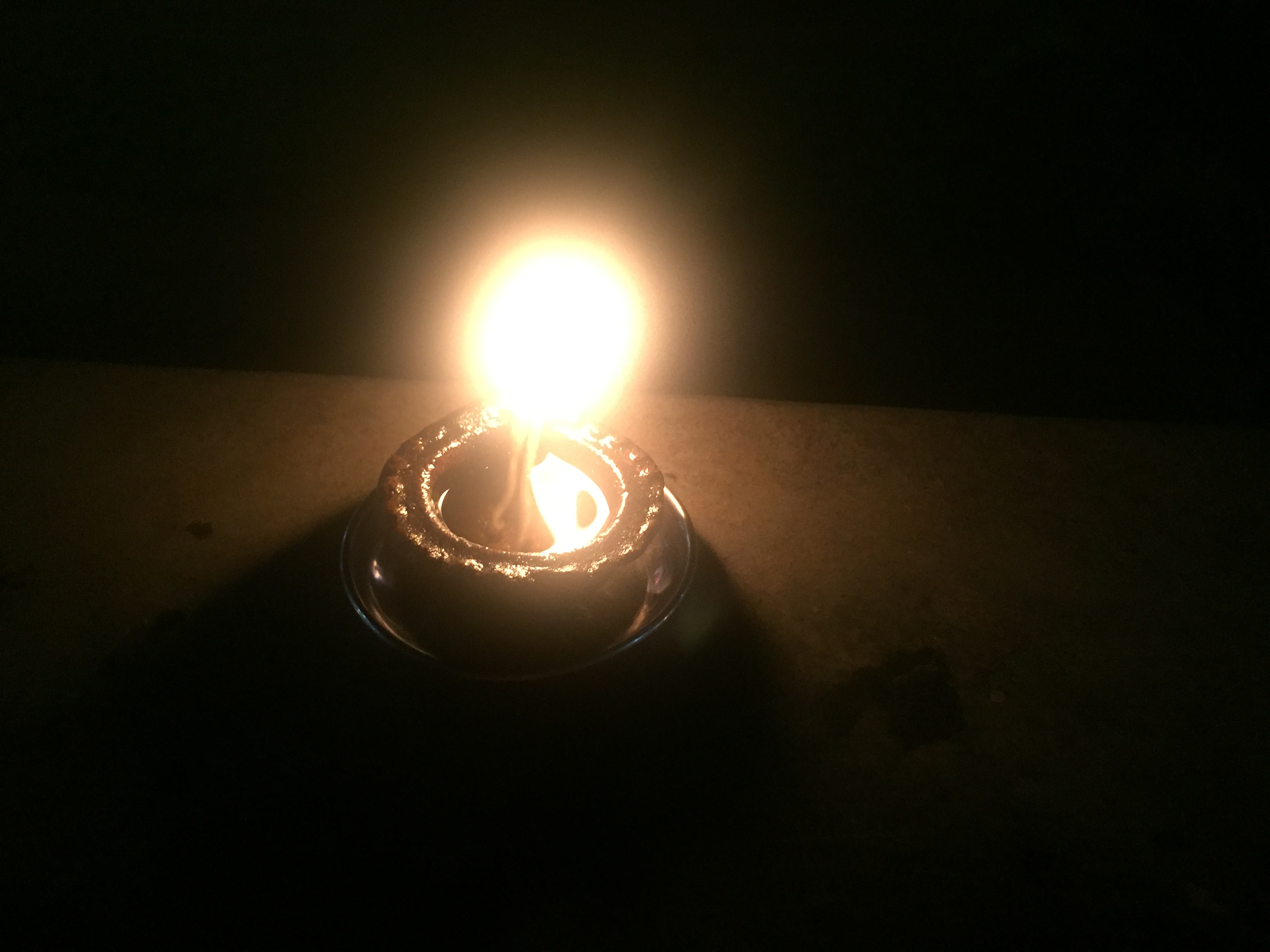
On this trip, one such old tradition I experienced is that of the Goddess Shri Shantadurga’s palkhi utsav (festival), which is taken out twice a year. This is a joyful and resplendent occasion to be enjoyed when the venerated deity is taken out in a palkhi ceremony around the temple with people chanting and singing bhajans in praise of the goddess. The palkhi took place in the sannidhya of our Pujya Swamiji, lending further grace to the auspiciousness.
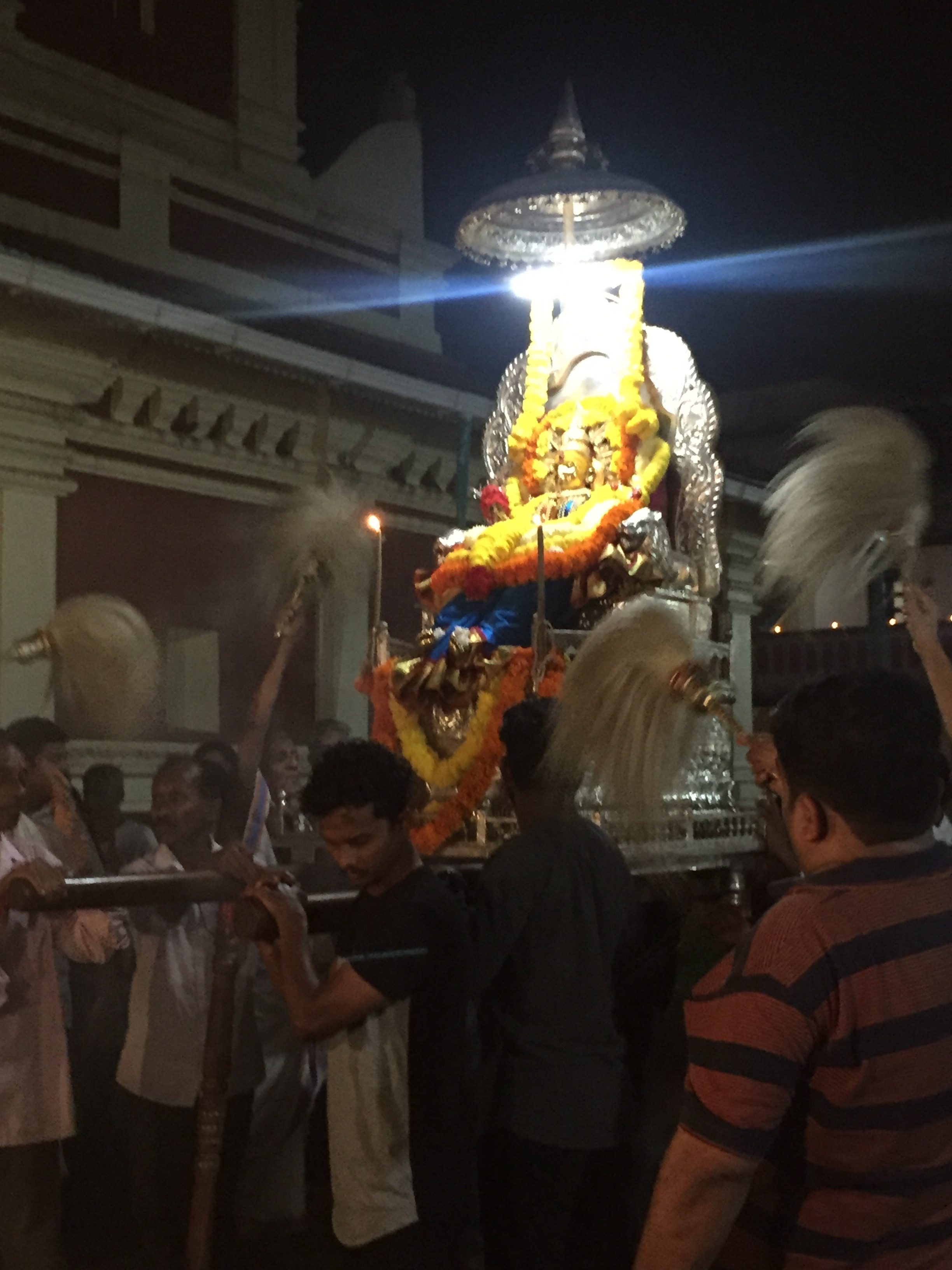
Goddess Shantadurga gets the name from the fact that she is said to have brought peace between Lord Vishnu and Shiva when a battle broke out between the two. She is Goddess Parvati (Lord Shiva’s consort) who, as the legend goes, was asked by Lord Brahma to intervene and she placed Lord Vishnu on her right hand and Lord Shiva on her left in order to settle the fight. She brokered peace in the form of Shantadurga, the devi (goddess) of peace.
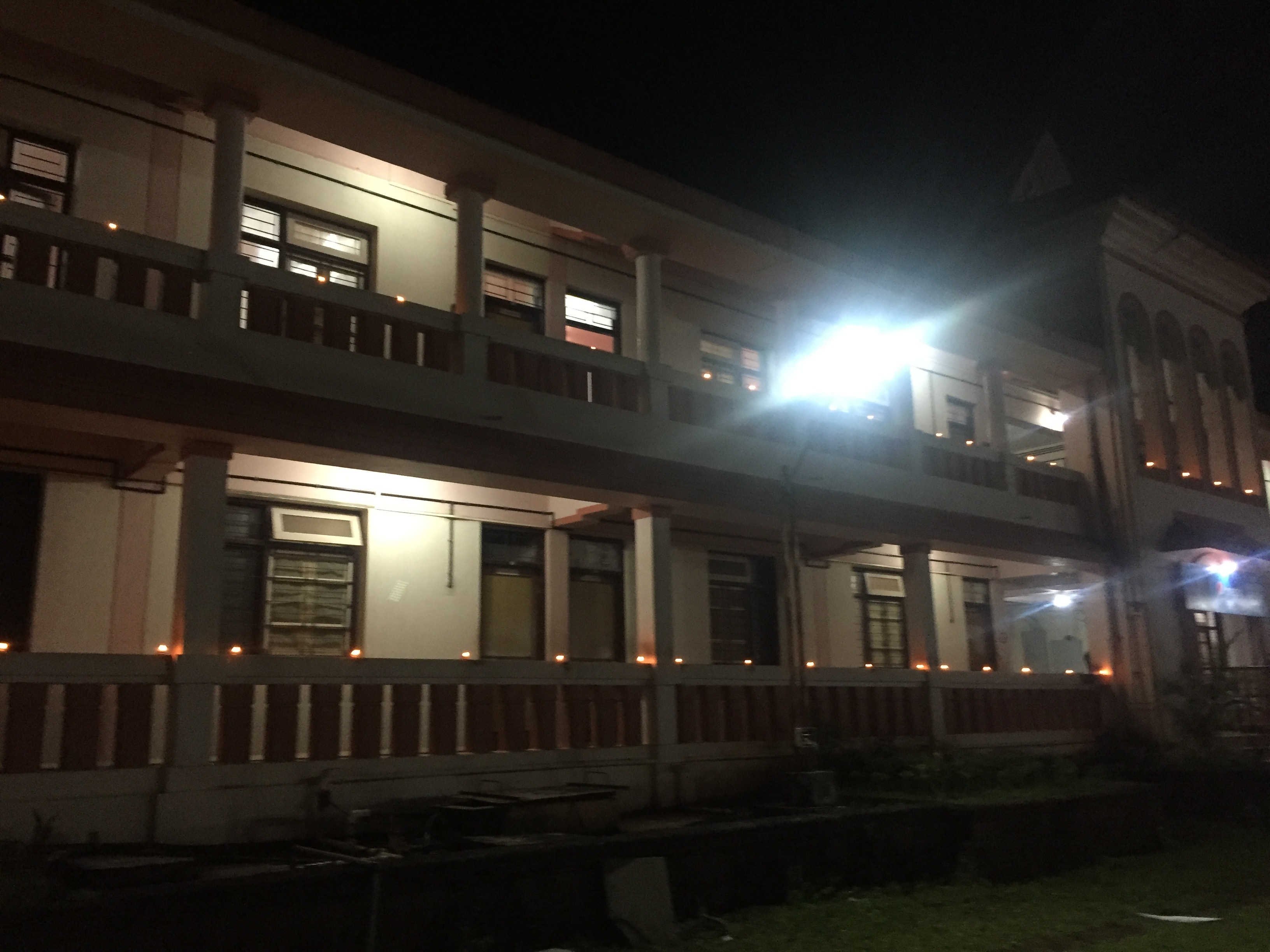
Shri Shantadurga devasthan is the kuldevi temple for some of the Saraswat community. It has agrashalas on both the sides housing rooms for those performing pujans and coming to pay respects to Ma Shantadurga. It has a deepstambha, which is characteristic of all Saraswat temples (including the Shri Mahalakshmi Devasthan and Shri Mangueshi Devashthan in Ponda, Goa). There is an annual jatra festival in December as well when the goddess (deity) is taken out on a golden palanquin.
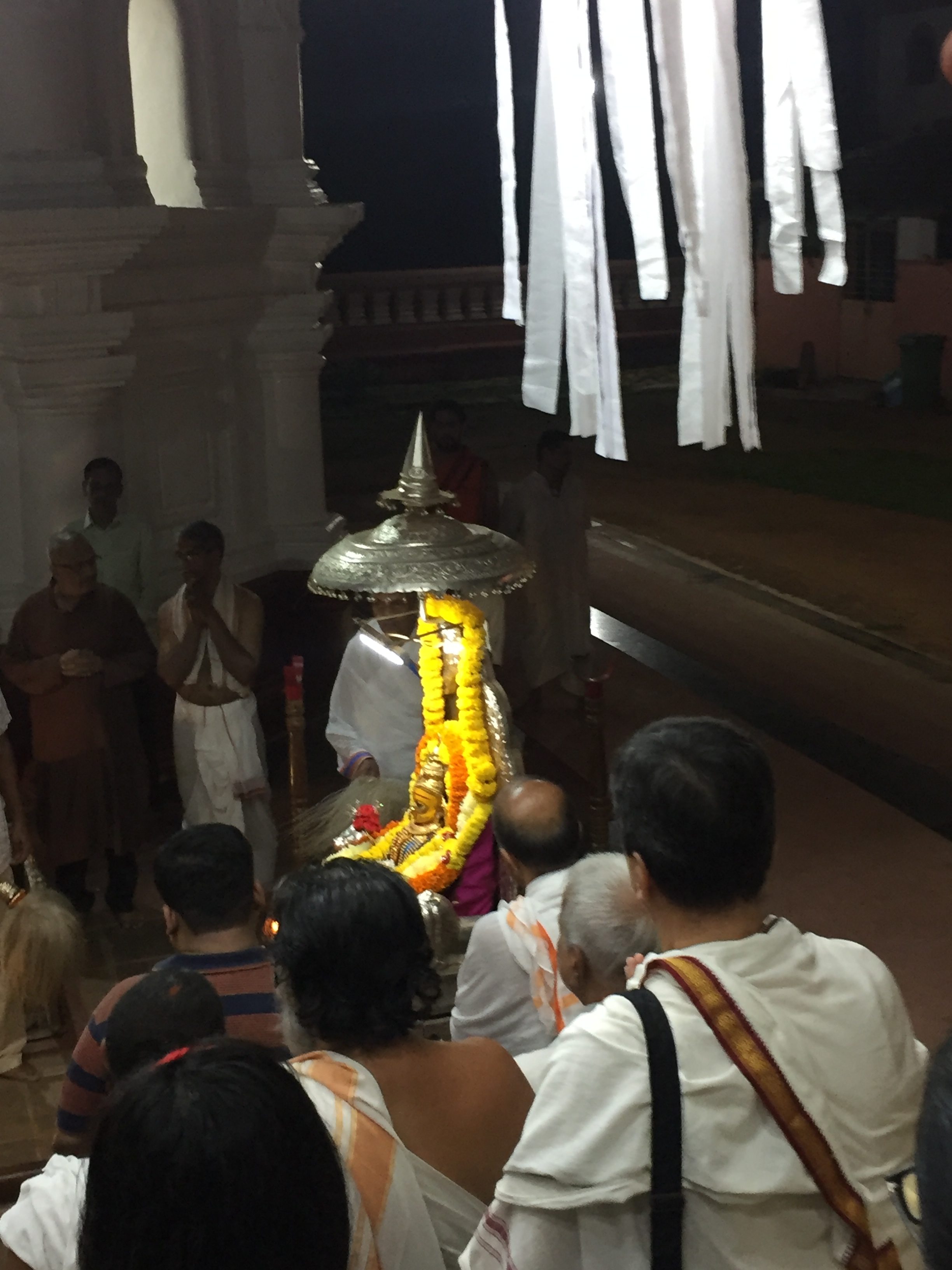
Since I reached the temple on the Diwali night, the whole temple was lit up with beautiful diyas, the delicate auspiciousness of which is indescribable in words. It is a must-visit for those spiritually inclined and interested in the cultural roots and heritage of India. Also, a word of caution: please dress appropriately while visiting the temple, not only as a mark of respect to the deity residing within the precincts but also as one to those looking after the temple.
Image courtesy: Arunima ji


